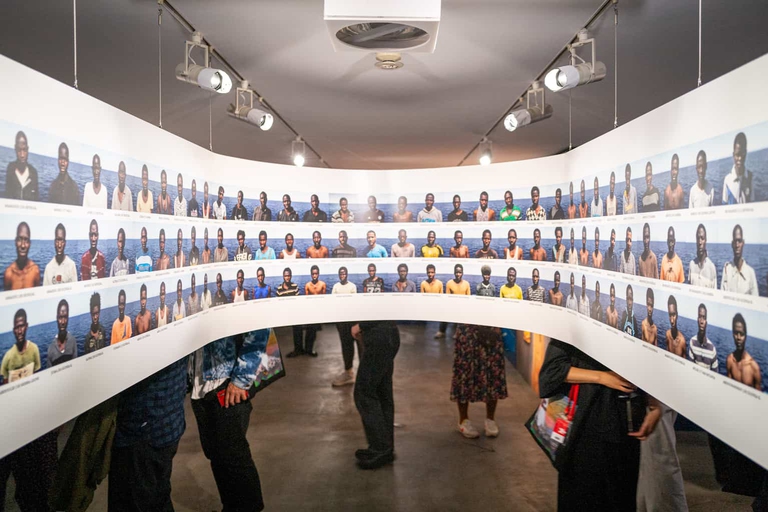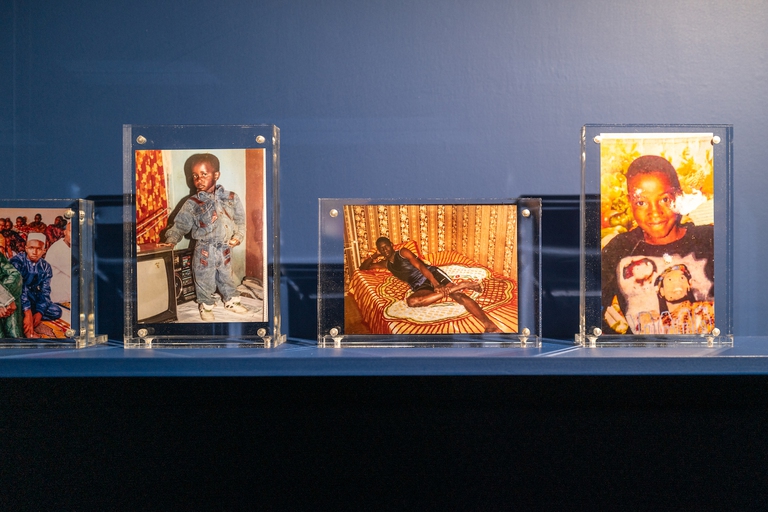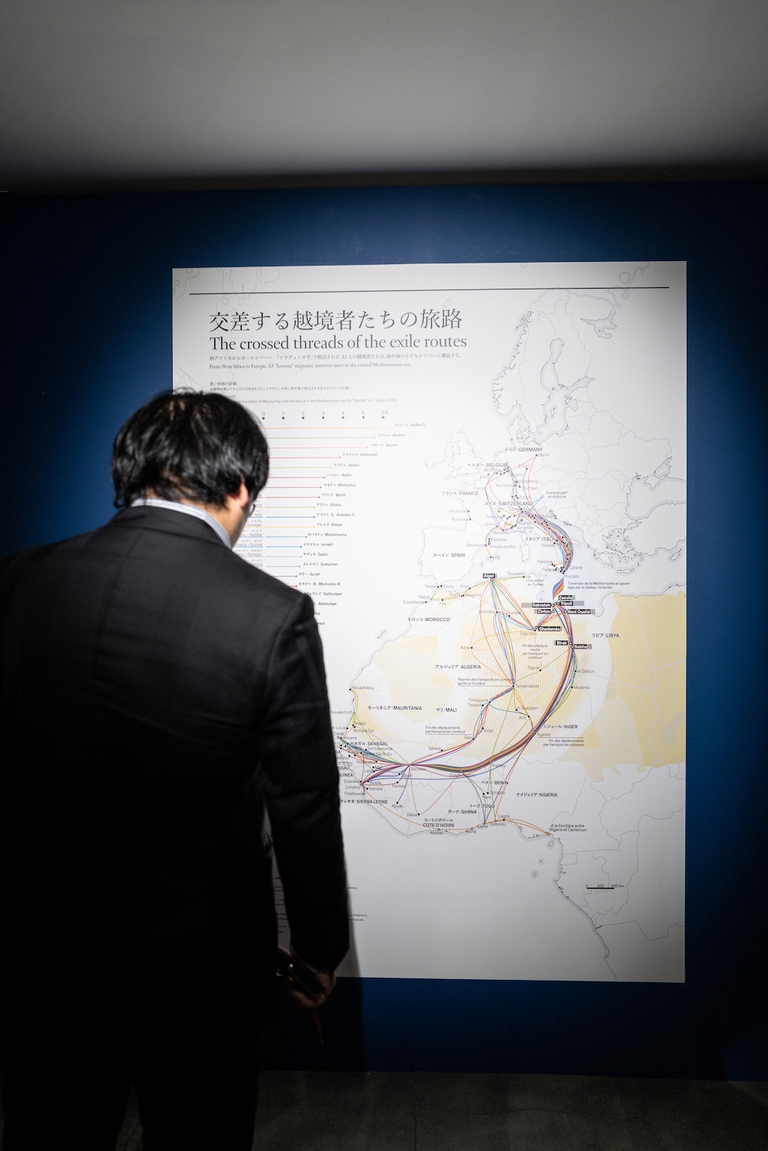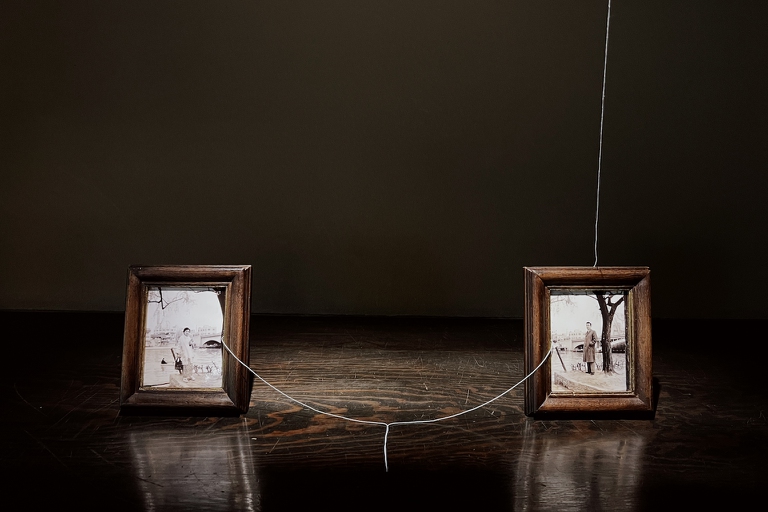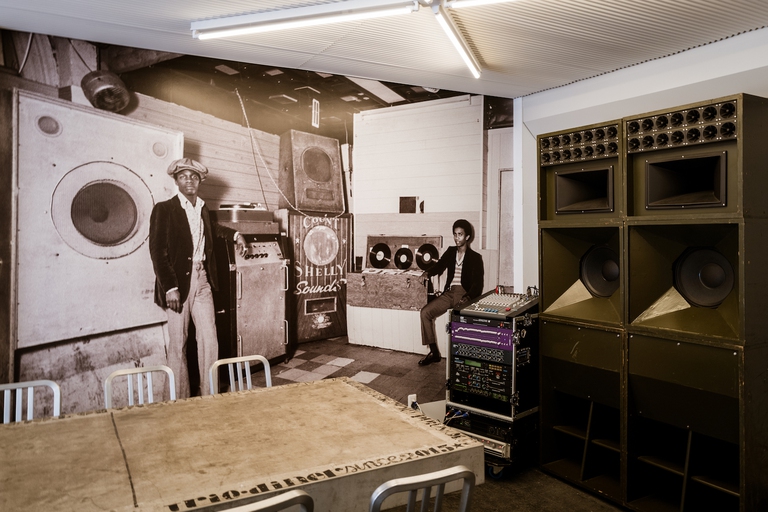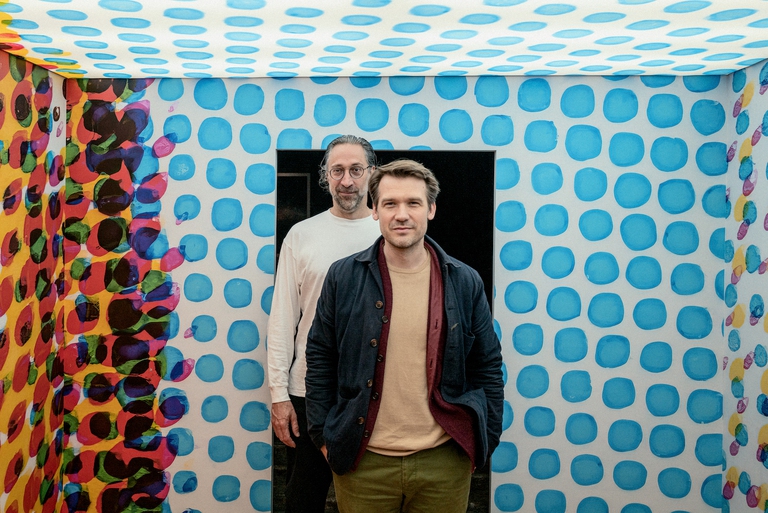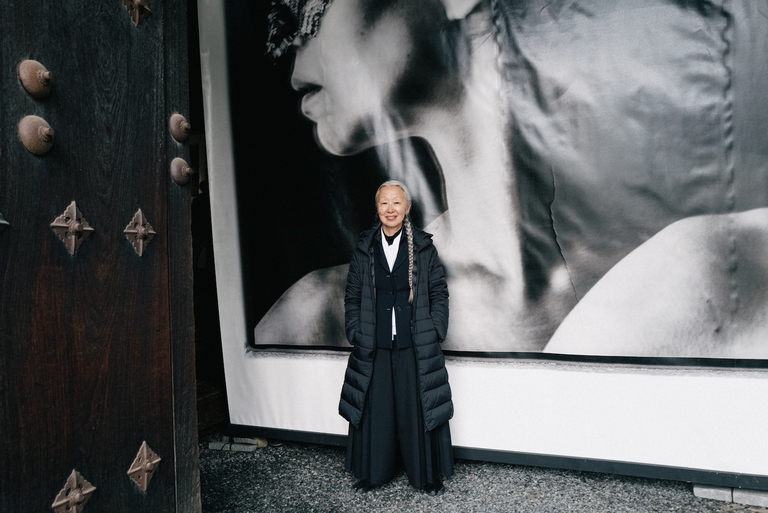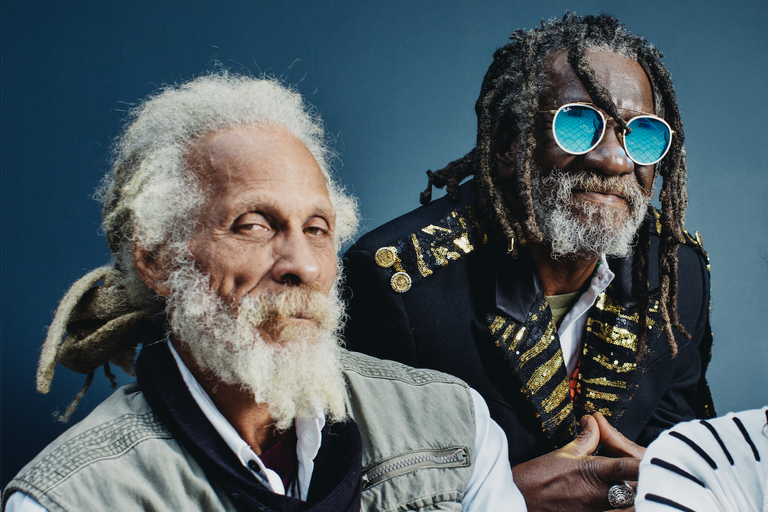
The small state of Mizoram in northeast India has a thriving handicraft industry, with artisans making a living by selling products made from bamboo.
Kyoto’s premier photography festival, Kyotographie, grows in stature with the launch of a new music festival, Kyotophonie, held in the spring and autumn.
The Kyotographie International Photography Festival, held each May in Japan’s ancient capital of Kyoto, began as an artistic reaction to the Great East Japan Earthquake of 2011, a devastating event with reverberations that are still felt throughout the country. Starting from this year, it takes place alongside a new music festival, Kyotophonie, which also runs as a standalone event in the autumn.
The 2023 edition was held on 7th and 8th October in nearby Amanohashidate, an area spanning Miyazu Bay on the northern coast of Kyoto prefecture, and featured a diverse selection of eclectic artists from around the world, including reggae legends Inna De Yard featuring Horace Andy and Cedric Myton of The Congos fame.
Founders, co-directors and life partners Lucille Reyboz and Yusuke Nakanishi explain that the social impact of the festival is their first consideration when planning the events.
“We started Kyotographie after the 2011 earthquake and tsunami. The Japanese government controls the domestic media and we felt we weren’t getting good information about the dangers of radiation (after the Fukushima nuclear disaster),” Nakanishi says. “We thought we needed to make a new type of media and an event to allow people to get together and communicate.”
We believe in the power of photography. It’s a powerful medium to highlight important topics that are often kept in the shadows, especially in Japan. We’re here as troublemakers.
This year’s edition of Kyotographie was the first to be held since Japan relaxed restrictions on inbound travel amid the Covid-19 pandemic, making the chosen theme, Border, all the more salient (a short walk on the crowded streets of Kyoto and it’s clear that Japan has reopened to tourists).
The exhibition with the most obvious connection to Kyotographie’s theme was Spanish photographer Cesar Dezfuli’s much-awarded series “Passengers,” held at Sfera Gallery.
Beginning in 2016, Dezfuli made a series of portraits of 118 African migrants aboard a rescue ship that was aiding them in their attempt to cross the Mediterranean and claim asylum in Europe. Dezfuli said the portraits were an attempt to humanize the subjects for Western audiences.
“In the context of the ship rescues I felt society couldn’t connect with the individuals and their individual reasons for trying to reach Europe,” Dezfuli says. “So I photographed each person who had been rescued and asked them for their full name, age and country of origin.”
Dezfuli then followed up with as many of the migrants as he could find, maintaining his relationships in order to follow their various paths after their attempts to enter the European Union. Dezfuli’s commitment to the migrants’ stories beyond taking those initial portraits demonstrates the effectiveness of long-term photojournalism.
At Kyotographie, the lives of the migrating men – some living new lives in Europe and others back in their home countries – were given depth and dignity, their experiences made tangible via personal photos and objects from their lives.
Another photojournalist, Kazuhiko Matsumura, winner of Kyotographie’s KG+ Select award in 2022, used his experience as a reporter for the Kyoto Shimbun newspaper to focus on people living with and affected by dementia. His poignant photo project “Heartstrings” was exhibited at Hachiku-an (formerly known as the Kawasaki Residence), a 100-year-old machiya, or traditional Japanese wooden townhouse.
Matsumura teamed with curator Yumi Goto to transform the machiya into a multi-sensory experience mimicking the effects of dementia on the sufferers and those who care for them. The result was a haunting presentation of difficult subject matter and the antique atmosphere of the machiya home added to the exhibition’s authentic, lived-in feel.
Weathered family photos of the subjects were displayed in antique frames, others were printed on hanging tapestries along with written messages. These items were connected by simple white threads representing the tenuous mental and emotional connections of memory and interpersonal relationships.
My main purpose with the exhibition and project is to get you familiar with dementia. Beyond that I want to show what we can learn from those with dementia. I’d also like the process involved in creating this exhibition to shine through as well.
UK music photo legend Dennis Morris entitled his exhibition “Coloured Black,” which is also the title of his photobook capturing the everyday lives of London’s West Indian community in the 1960s and 1970s, during Morris’ teens. The exhibition featured a sound system on the first floor along with photographs of iconic reggae musicians, while the upper floor recreated a London flat in the style of rooms Morris and other members of the Windrush Generation of Caribbean migrants who settled in the UK in the postwar period called home.
Portraits taken in a simple studio Morris built in his mother’s flat sat alongside street photos and snapshots, giving the series a warm DIY vibe that has informed the photographer’s later professional work.
We used to be called Coloured, then we were called Black – I’d rather be called human because that’s what we all are.
Photographer Roger Eberhard’s meta, pop-art-inspired artwork exhibit entitled “Escapism,” whimsically curated by Stefano Stoll, took viewers on a journey via the stock images that adorn the ubiquitous coffee creamer packaging in Eberhard’s native Switzerland. The exhibition received support from Nespresso as well as the Swiss Arts Council Pro Helvetia.
“I became fascinated by these ubiquitous images of romantic and stereotypical landscapes. Far off places we see every day on miniature coffee creamers. I tried unsuccessfully to find out who shot them,” said Eberhard. “How can we not look at these idyllic photos on plastic and not see them through the prism of climate change?”
The centrepiece of Kyotographie was a pair of exhibitions by photographer Yuriko Takagi entitled “Parallel World” held at Nijo Castle, one of Japan’s most impressive castles and a Unesco World Heritage Site. Takagi is probably best known for photographing the creations of the late fashion designer Issey Miyake: Parallel World displayed massive black-and-white prints of Takagi’s haute couture fashion photographs from the 1980s alongside her documentary project “Threads of Beauty” featuring people in 12 different countries wearing their traditional clothes.
The scale of the exhibition in a setting like Nijo Castle was impressive enough, but Takagi’s exquisite body of photography felt worthy of the presentation. Some might bristle at mixing the world of fashion (Dior sponsored the exhibition) with that of native people for whom clothing isn’t a trend or fashion statement, but a deeper cultural expression of group identity.
Despite being a photographer working at the heights of the industry for decades, Takagi says she remains grateful for opportunities such as these. “Dior and Kyotographie gave us complete creative freedom,” she says. “I was incredibly grateful to have that kind of freedom in such a beautiful space – but that freedom comes with a lot of responsibility.”
That sense of responsibility also applies to Kyotographie’s declarations of activism and environmentalism. And if there can be any critique of photo festivals like Kyotographie and others like the European Les Rencontres d’Arles, Paris Photo and Photo Vogue it’s that attempts at activism can sometimes come off as forced or, simply, displays of luxury beliefs.
Indeed, many of the non-documentary projects at Kyotographie 2023 may have been better served standing on their own beauty and merit without attempts at deeper social messages that occasionally felt like obligatory afterthoughts to fit a theme.
Kyoto is one of the world’s most beautiful cities and Kyotographie always selects some of the most spectacular locations in the city to exhibit these works. That strong curation of space allows the exhibitions to become a fleeting part of the city’s eternal beauty each year.
Often in art and photography – honest beauty is enough.
Siamo anche su WhatsApp. Segui il canale ufficiale LifeGate per restare aggiornata, aggiornato sulle ultime notizie e sulle nostre attività.
![]()
Quest'opera è distribuita con Licenza Creative Commons Attribuzione - Non commerciale - Non opere derivate 4.0 Internazionale.
The small state of Mizoram in northeast India has a thriving handicraft industry, with artisans making a living by selling products made from bamboo.
Many British cultural institutions have ended their relationship with oil giant BP in recent years, thanks to pressure from activists and the public.
Communities across India are celebrating Durga Puja, a festival that stands as an example of the communal unity which is under threat in the country .
Through stories of encounters between humans and animals, Our Wild Calling offers a way out of an age of solitude. We speak to author Richard Louv.
Survival, multiculturalism, plastic islands. Musician Grey Filastine recounts his adventure aboard the Arka Kinari, which set sail in 2019 and spent much of last year adrift in the Pacific because of the pandemic.
Chinese filmmaker Chloé Zhao made history, becoming the first Asian woman to win an Academy Award as well as a Golden Globe for Best Director for Nomadland.
A list of some of the best films on ethical and sustainable fashion shown at past editions of the Milan Fashion Film Festival.
“For there is always light, if only we’re brave enough to see it”. Meet Amanda Gorman, the young Black poet who capitvated hearts at Biden’s inauguration.
The winner of the 2020 FTP Prize for Sustainable Art, created to highlight the need for environmental awareness in contemporary art, has been announced.
